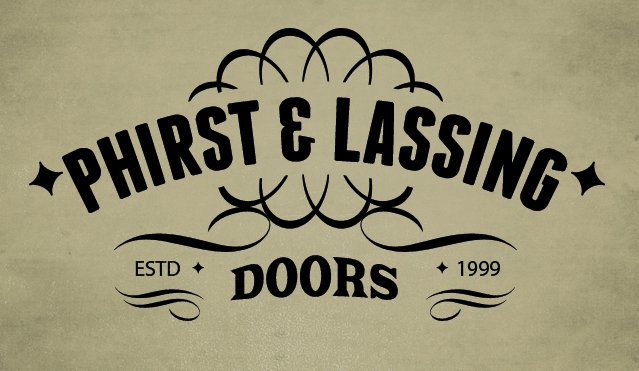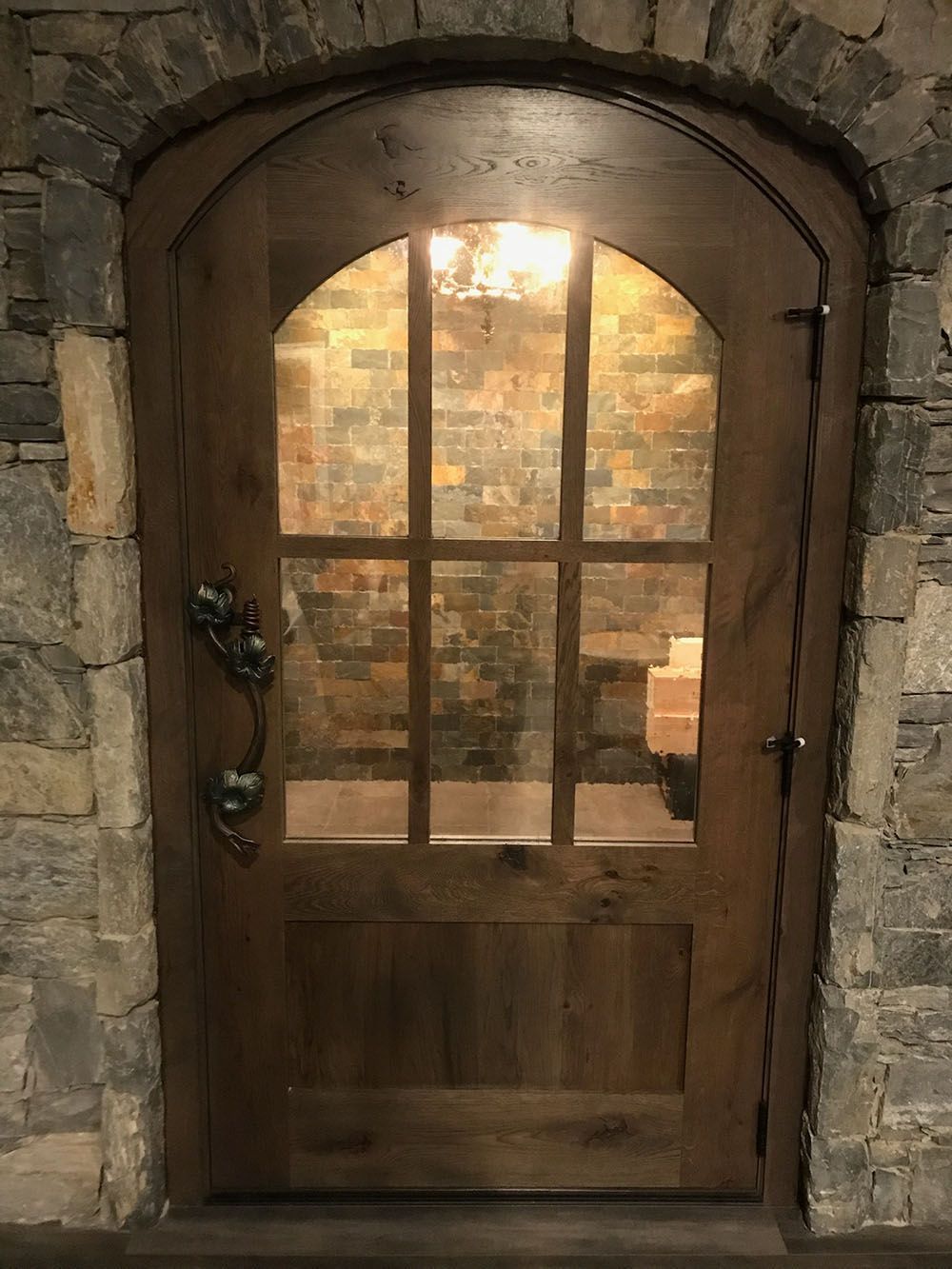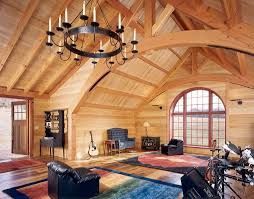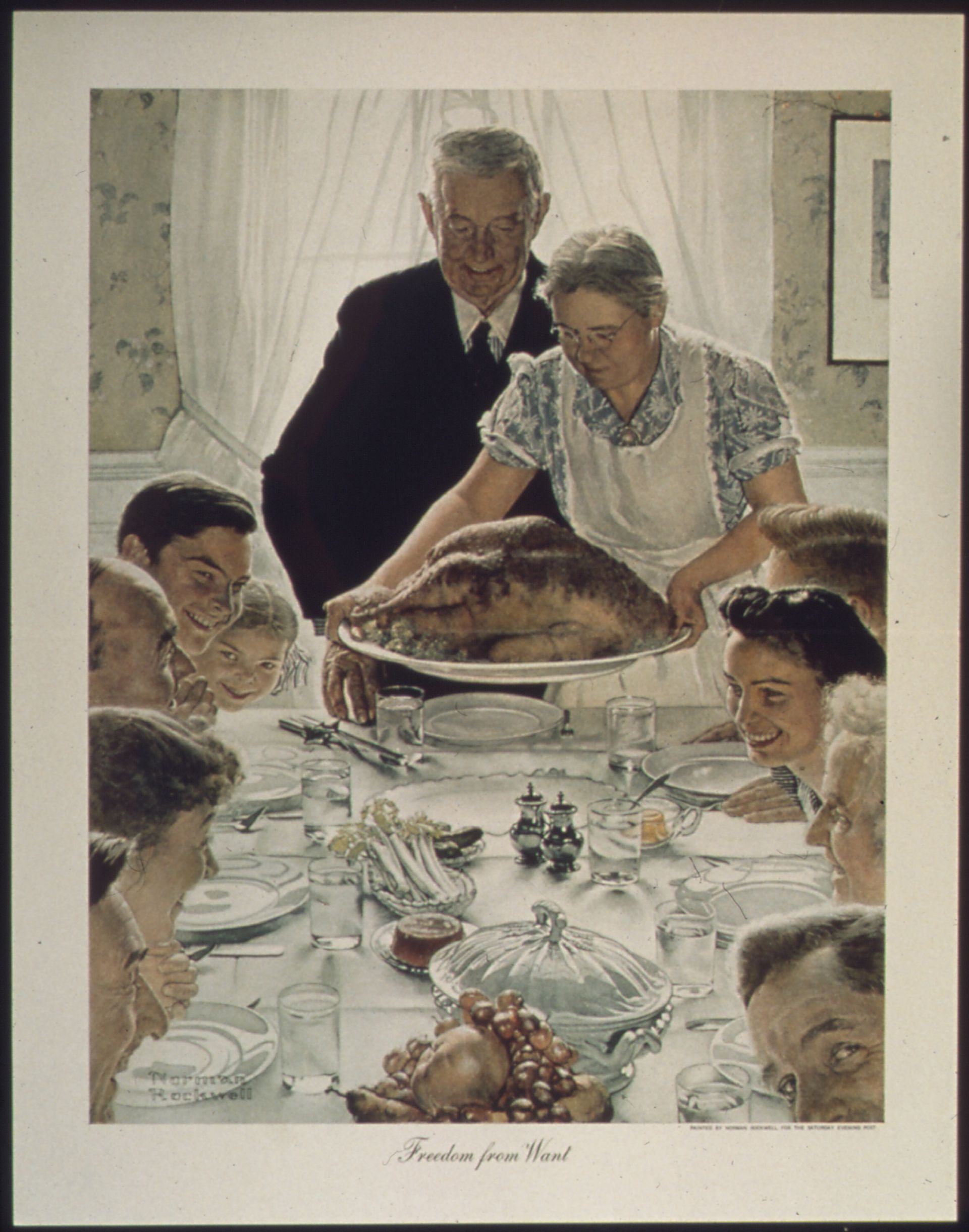Echoes of the Arts and Crafts Movement in Contemporary Doors
Arts and Crafts doors are distinguished by their handcrafted details, artisan techniques, sturdy construction and the exclusive use of natural materials.
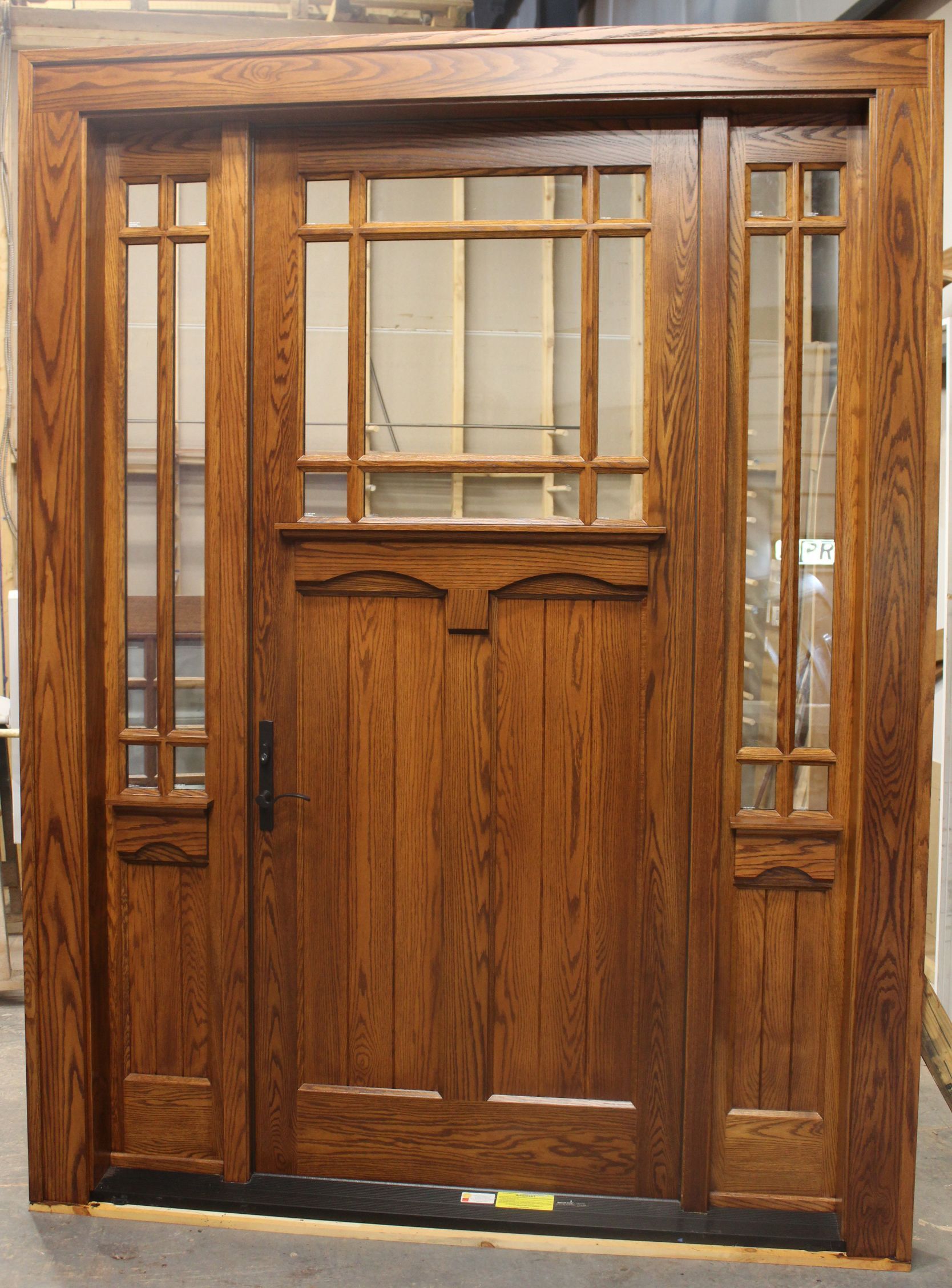
The philosophy of the Arts and Crafts Movement was rooted in a profound respect for craftsmanship and the utilization of natural materials. As a counterbalance to the impersonal nature of mass-produced goods, the 19th century movement advocated products celebrating the unique skills of the artisan. It was a clarion call to the dignity of manual labor, emphasizing the personal satisfaction and economic independence skilled craftsmanship could offer. At the heart of the movement was William Morris, a designer and visionary whose influence was pivotal. Morris championed the value of craftsmanship, raging against the mechanization and mass production characterizing the era. He viewed the rise of industry not as a tonic but a toxin, eroding the fabric of community and diminishing the individual's worth.
Characteristics of Arts and Crafts Doors
The Arts and Crafts Movement extended its influence to various architectural elements. Arts and Crafts doors are distinguished by their handcrafted details, artisan techniques, sturdy construction and the exclusive use of natural materials such as wood and glass. These doors often feature sidelights, glass insets, and are marked by common patterns and motifs like rectangles and dentil shelves.
Materials and Craftsmanship
Central to the Arts and Crafts Movement is a commitment to material integrity, with a strong preference for natural and organic materials over synthetic. Exterior doors crafted in this style typically employ solid hardwoods, such as white oak and mahogany, eschewing the use of medium-density fiberboard (MDF) and other engineered products. This choice underscores the movement's commitment to authenticity and integrity, where the value of a product rests in its craftsmanship and material quality rather than superficial luxury.
Incorporating Arts and Crafts Doors in Modern Homes
Incorporating Arts and Crafts doors into contemporary homes goes beyond mere aesthetic choice; it reflects a deeper adherence to the movement's values of quality, craftsmanship and the use of natural materials. For homeowners, choosing Arts and Crafts doors means opting for a living space prioritizing well-crafted, authentic materials over the convenience of cheaper, mass-produced synthetics. The style's versatility allows it to complement various architectural designs, offering custom design options that maintain the movement's principles while providing flexibility in personal expression and design.
The choice to integrate Arts and Crafts doors into contemporary settings is more than a nod to historical design; it is a conscious adherence to products that have meaning, that tell a story of craftsmanship, and that reflect a commitment to sustainable and authentic materials. In doing so, the spirit of the Arts and Crafts Movement is retained, ensuring its critique of impersonality and mass production continues to resonate in homes and lives. This enduring legacy underscores the movement's significance not just as a historical footnote but as a living philosophy.
